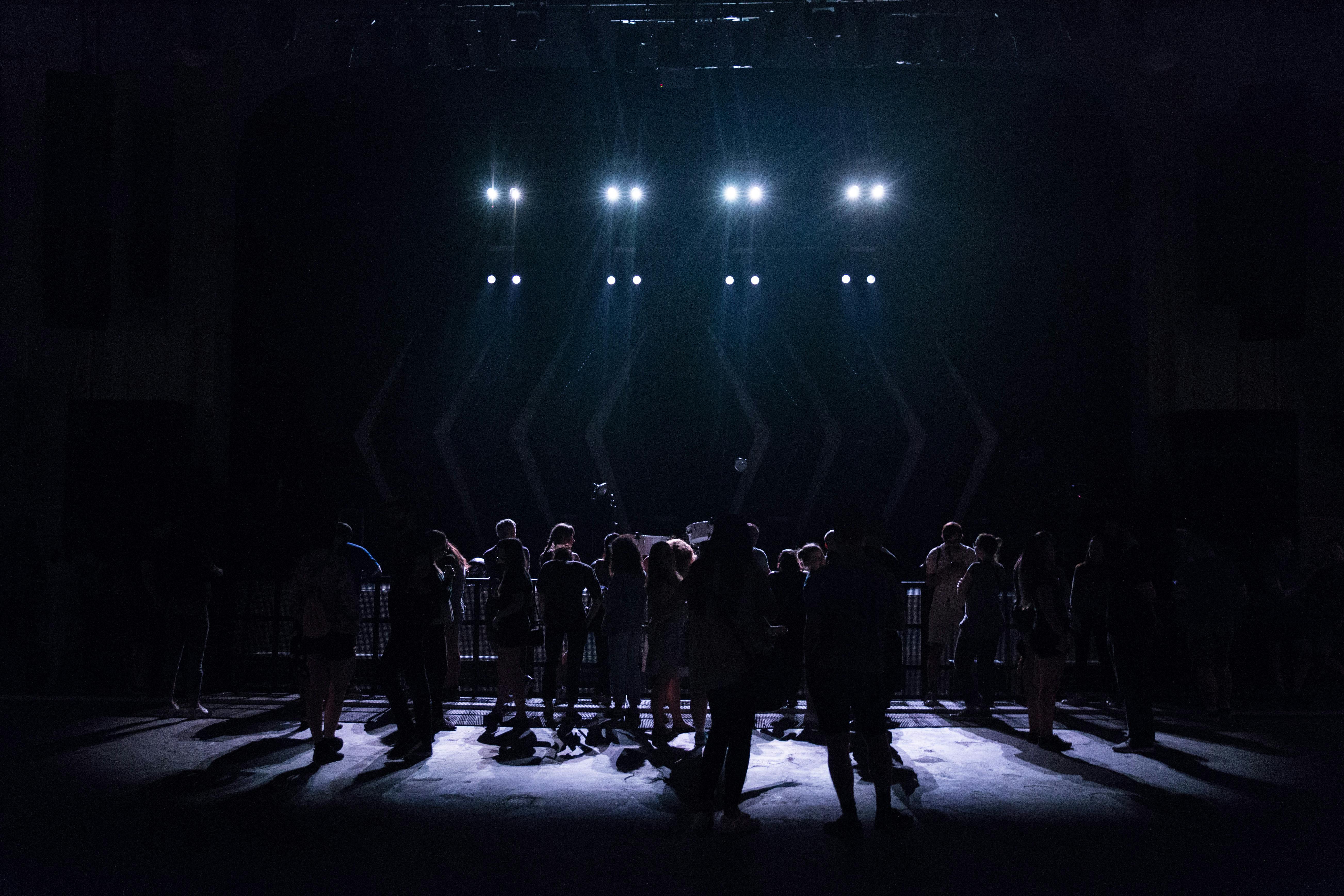Crafting immersive live experiences: a practical guide for organizers
Organizing immersive live experiences requires thoughtful planning across programming, space design, and audience engagement. This guide covers practical steps—from curation and venue preparation to integrating streaming and community outreach—helping organizers create memorable events that balance artistic intent with logistical realities.

Immersive live events blend visual, acoustic, and spatial elements to engage audiences beyond passive observation. Successful experiences start with clear objectives: what emotions, stories, or interactions should visitors carry away? Organizers must align creative vision with practical constraints such as budget, permissions, and technical capacity while fostering collaboration among artists, technicians, and community partners.
Curation and galleries
Effective curation frames an immersive narrative and guides visitor flow. For galleries or pop-up spaces, prioritize sightlines, pacing, and interpretive material so artworks and installations can be experienced sequentially or in thematic clusters. Consider accessibility, circulation, and the interplay between static pieces and live elements. Curation choices influence audience engagement and partnerships with residencies or external contributors; build time into schedules for artist briefings, installation rehearsals, and condition reporting to protect works and ensure consistency.
Designing exhibitions and installations
Installations require technical coordination between artists and venue teams. Map power, rigging points, and acoustic zones early; test-site mockups help identify sightline issues and safety concerns. For murals and restoration projects integrated into an exhibition, plan for environmental controls and conservation assessments. Clear documentation—installation schematics, material lists, and maintenance plans—reduces risk. Include contingency plans for weather if parts of the exhibition are outdoors and assign roles for setup, monitoring, and breakdown to streamline transitions between events.
Performance and choreography planning
Live performance benefits from rehearsal schedules that mirror show conditions. Choreography and staging should consider audience proximity, sightline variance, and performer safety. Technical rehearsals for lighting cues, sound levels, and timing are essential; coordinate stage management with performers and technical crews to minimize disruptions. Where site-specific work is involved, adapt movement vocabularies to spatial constraints and material surfaces. Build in warm-up spaces, quiet zones, and clear performer check-in procedures to maintain professionalism and reduce stress on artists.
Programming festivals and residencies
Festivals and artist residencies expand programming depth but require robust coordination. Curate lineups that balance established and emerging creators while considering logistical needs like load-in windows, shared equipment, and green room capacity. Residencies can seed long-term relationships with local communities and inform outreach initiatives; schedule open studio times or artist talks to make processes visible. Maintain a centralized calendar, communication chain, and volunteer coordination system to ensure seamless overlaps between site activations and scheduled performances.
Streaming and marketplace integration
Hybrid events extend reach through streaming while creating new revenue or exposure opportunities via online marketplaces. Design camera placements and audio capture that respect the live experience without disrupting attendees. Choose streaming platforms that support interactivity—Q&A, polls, or timed content—to replicate engagement. If offering merchandise or digital works on a marketplace, standardize product metadata, licensing terms, and fulfillment workflows. Ensure clarity around rights, especially for recorded performances, and communicate distribution terms to artists and collaborators.
Murals, restoration, and outreach
Public-facing elements like murals and restoration projects require permissions, community consultation, and long-term maintenance plans. Outreach builds local buy-in: host workshops, involve schools or neighborhood groups, and provide interpretive materials that explain technique and context. Restoration efforts should involve conservators to assess materials and environmental impacts. Combine outreach with evaluation—surveys or observation studies—to measure community impact and inform future programming decisions.
Conclusion Immersive live experiences succeed when creative ambition is matched by detailed planning across curation, technical production, and community engagement. Organizers who document workflows, prioritize clear communication, and build adaptable systems for installations, performances, and digital extensions can create events that feel cohesive and responsive. Balancing artistic intention with operational realism helps sustain projects and deepens audience connection over time.





